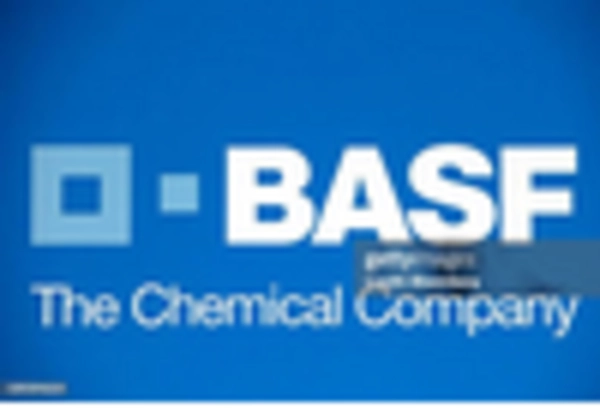Growing Environmental Regulations
The Cement Grinding Aids Market is increasingly shaped by growing environmental regulations aimed at reducing the carbon footprint of cement production. Regulatory bodies are imposing stricter guidelines on emissions and waste management, prompting manufacturers to seek solutions that comply with these standards. Cement grinding aids can contribute to lower emissions by enhancing the efficiency of the grinding process, thereby reducing energy consumption and associated greenhouse gas emissions. As the industry adapts to these regulations, the demand for environmentally friendly grinding aids is likely to rise. This shift not only supports compliance but also positions the Cement Grinding Aids Market favorably in a market that is progressively prioritizing sustainability.
Rising Focus on Energy Efficiency
The Cement Grinding Aids Market is significantly influenced by the rising focus on energy efficiency within the cement manufacturing process. Cement production is energy-intensive, and grinding aids are known to reduce energy consumption during the grinding process. By improving the efficiency of cement mills, these aids can lead to substantial cost savings for manufacturers. Recent studies suggest that the use of grinding aids can reduce energy consumption by up to 30%, which is a compelling incentive for cement producers aiming to lower operational costs. This trend towards energy efficiency not only benefits manufacturers but also aligns with global sustainability goals, further driving the growth of the Cement Grinding Aids Market.
Expansion of Infrastructure Projects
The Cement Grinding Aids Market is poised for growth due to the ongoing expansion of infrastructure projects across various regions. Governments are increasingly investing in infrastructure development to stimulate economic growth, which includes roads, bridges, and public facilities. This investment is expected to drive the demand for cement, consequently increasing the need for grinding aids that enhance cement performance. For instance, the construction of new highways and urban transit systems necessitates high-quality cement that can withstand heavy loads and environmental conditions. As a result, the Cement Grinding Aids Market is likely to benefit from this infrastructure boom, with projections indicating a steady increase in market size as these projects progress.
Technological Innovations in Cement Production
The Cement Grinding Aids Market is witnessing a wave of technological innovations that enhance the efficiency and effectiveness of cement production. Advances in chemical formulations and application techniques are leading to the development of more effective grinding aids. These innovations are designed to improve the performance of cement, allowing for better workability and reduced water demand. Furthermore, the integration of digital technologies in cement manufacturing processes is streamlining operations and optimizing the use of grinding aids. As these technologies continue to evolve, they are expected to create new opportunities within the Cement Grinding Aids Market, potentially leading to increased adoption and market growth.
Increasing Demand for High-Performance Concrete
The Cement Grinding Aids Market is experiencing a notable surge in demand for high-performance concrete, driven by the construction sector's evolving requirements. As urbanization accelerates, the need for durable and sustainable building materials becomes paramount. Cement grinding aids enhance the properties of concrete, improving workability and strength, which aligns with the industry's focus on quality. Reports indicate that the demand for high-performance concrete is projected to grow at a compound annual growth rate of approximately 6% over the next few years. This trend suggests that cement grinding aids will play a crucial role in meeting the specifications of modern construction projects, thereby propelling the Cement Grinding Aids Market forward.


















Leave a Comment